Anti-communism and anti-Sovietism at the turn of the twentieth and twenty-first centuries
(The Book of Ezra 45: 20)
Anti-communism and anti-Sovietism, as a system of attitudes aimed at condemning communist and soviet ideology, its political goals and statements, were formed not spontaneously, but purposefully, starting with the 1920s. Our article presents anti-Soviet posters 1920 –1950-ies in chronological retrospective. The greatest aggravation of anti-Soviet propaganda was observed in the period of latent or open military confrontation, which is understandable and understandable. With the same posters mass hysteria was intensified. At the same time, European propaganda acted rather crudely, using irrationalistic and instinctive aspects, appealing to blood.
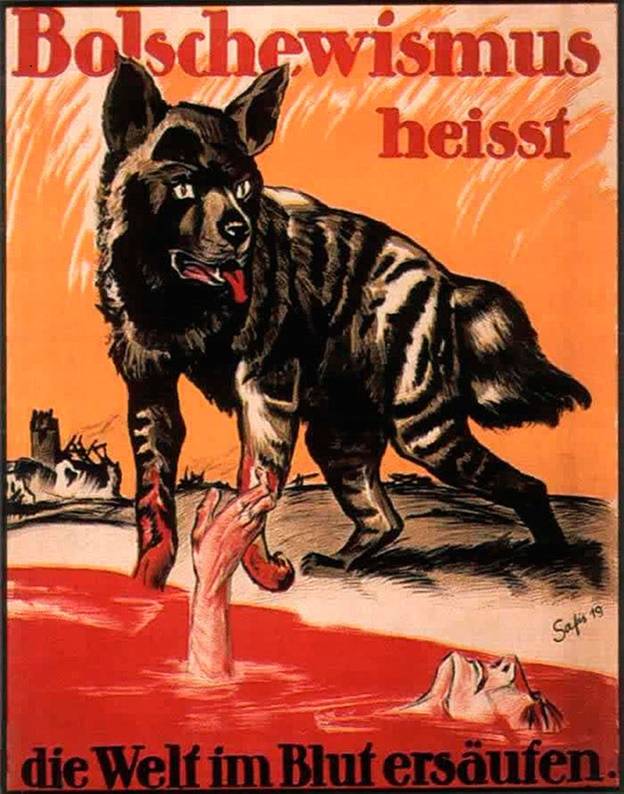
Fig. 1 "Bolshevism means to drown the world in blood." Germany, 1919
The propaganda of those years is based on a statement about the utopian communist ideology, the “totalitarian” nature of socialist states, the aggressive nature of world communism, the “dehumanization” of social relations, the “standardization” of thinking and spiritual values under socialism.
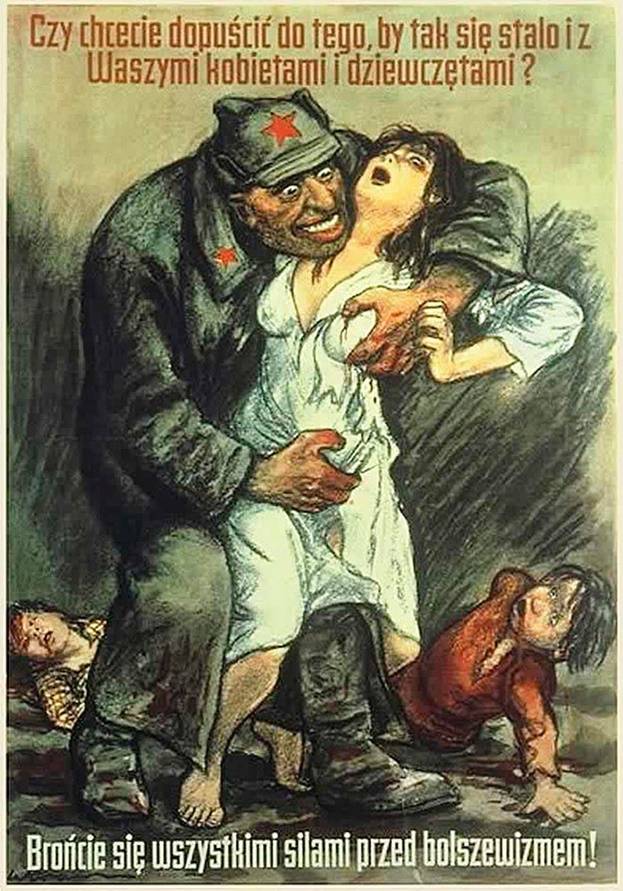
Fig. 2 “Do you want this to happen to your women and children?” Poland, 1921.
A striking example of the propaganda of anti-Sovietism and anti-communism can serve as a book by the French team of authors (S. Courtois, N. Vert, J.-L. Panne, A. Pachkovsky, K. Bartosek, J.-L. Margolin) - The Black Book of Communism. This edition, published in 1997 in Paris, presents the author’s view of the communist regimes of the 20th century. Subsequently, the English translation of the Black Book was released, and in 1999, it was published in Russia. A book is a collection of testimonies, photographs, concentration camp maps, deportation routes of the peoples of the USSR.
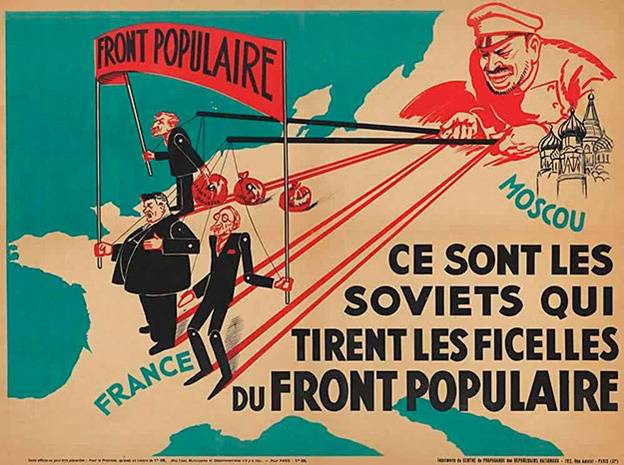
Fig. 3 "Soviet puppeteer who pulls the strings." France, 1936.
In fact, this book has become the bible of anti-communism and anti-Sovietism. If we talk about the generalized features of this ideology, then we turn to the opinion of SG Kary-Murza, which highlights the following features of anti-Sovietism:
- anti-state orientation: the USSR is proclaimed a “totalitarian state” such as Nazi Germany, any actions of the Soviet state are criticized;
- the destruction of the Soviet world of symbols, their blackening and ridicule: the image of Zoya Kosmodemyanskaya, the creation of a false opinion about Pavlik Morozov as a fanatical supporter of the totalitarian idea, etc .;
- the requirement of freedom, in practice, meaning the requirement of the destruction of traditional ethics, the replacement of her right;
- undermining the idea of the brotherhood of nations, namely the introduction into the consciousness of the non-Russian peoples of the USSR the idea that they were oppressed and oppressed by the Russians, and that in the minds of the Russian people - that the Soviet system was "non-Russian", imposed on Russian Jews and freemasons;
- the rejection of the Soviet economy as a whole - the propaganda of the idea that the market economy of the western type is more effective than the planned economy of the Soviet type. At the same time, Soviet industrialization is denied due to the too large, according to critics, its victims. In addition, an idea is being created that any state-owned enterprise will inevitably be inefficient and doomed to collapse. That is, the method of bringing to the point of absurdity everything that took place in Soviet Russia is used. Although it is clear that in real life nothing purely white and completely black has never been and never is. In fascist Germany, for example, beautiful autobahns were built, but this does not mean that, remembering this, we should forget about Auschwitz and Treblinka.
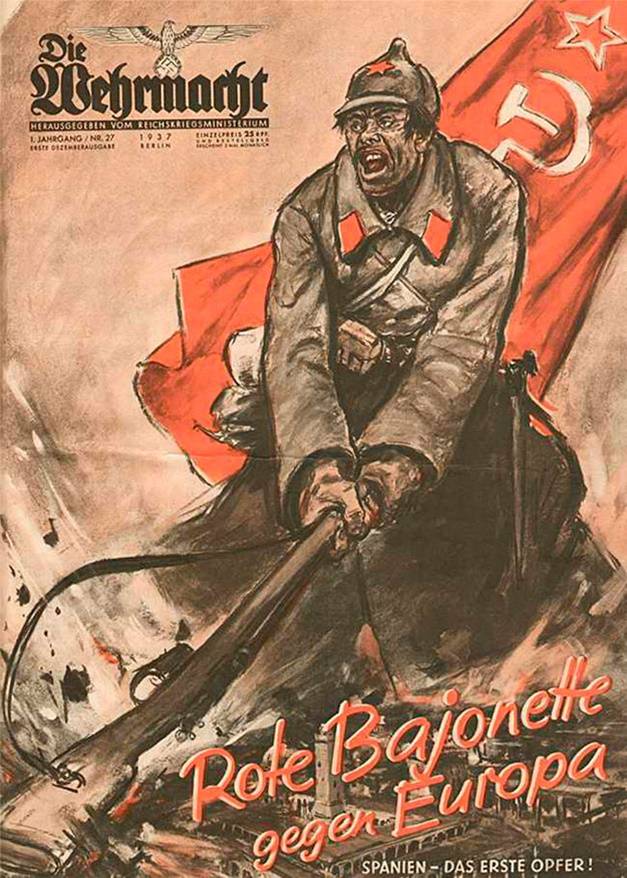
Fig. 4 "Red bayonets against Europe." Germany, 1937.
In the post-Soviet space, anti-Sovietism and anti-communism were and are not just an abstract ideology, but an element in the construction of national states. Such, for example, is the view of scientists (A. Gromov, P. Bykov). This ideology became the foundation of building statehood in the former Soviet republics. At the same time, a number of stages are distinguished that are characteristic of practically all states that were part of the former Soviet Union.
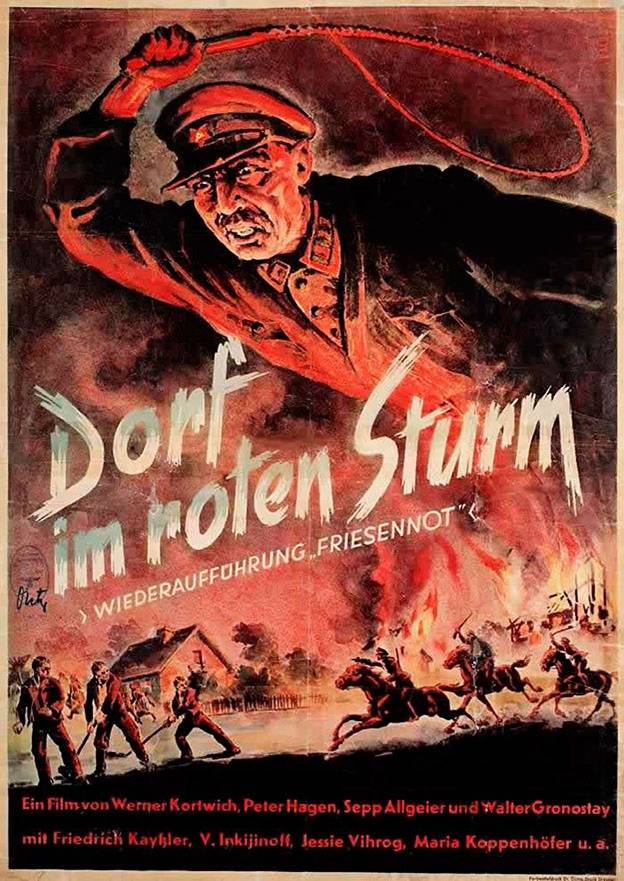
Fig. 5 "Red Storm in the Village". Germany, 1941.
The first stage was the establishment after the collapse of the USSR in all states in varying degrees of nationalist regimes. At the same time, either the party-Soviet leaders of the republics who adopted nationalist slogans or the heads of national movements became the leaders of the new nationalist states. At this stage, the policy of repulsion from Russia was carried out, which was perceived as a symbol of the USSR and national suppression: "external force that prevents us from living beautifully and happily." The pro-Western vector was seen: the West actively helped the nationalist movements in the “late perestroika” period, actively influenced their formation and was now perceived as the main pillar of the new regimes. However, reliance on Western economic assistance in most cases was not justified. Or he entailed undesirable consequences. Of course, these are disgusting communists who built factories and theaters in these countries, introduced universal literacy "gratuitously, that is, for nothing."
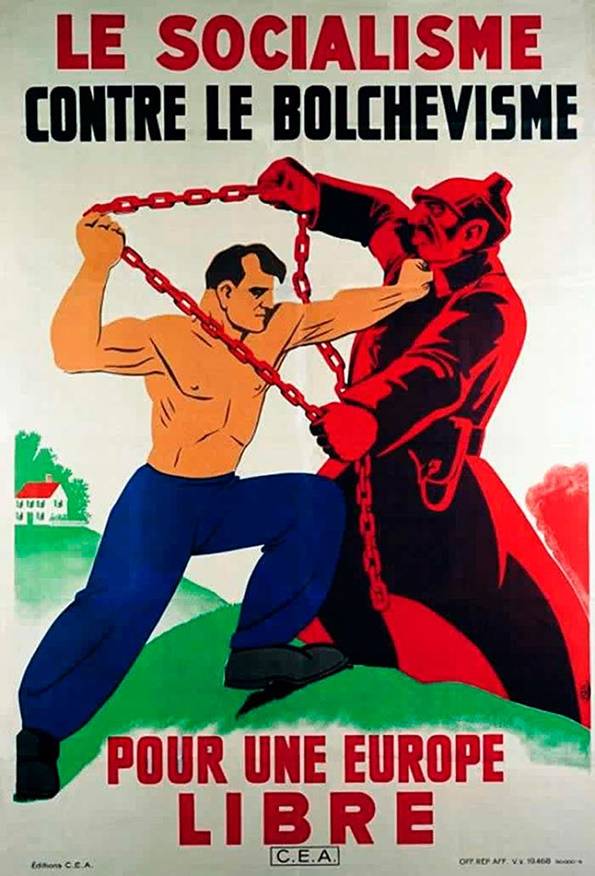
Fig. 6 "Socialism vs. Bolshevism." France, 1941.
We also note the influence of the diasporas, who played the role of guardians of national identity and teachers of life, and where they were, they were also close in national composition (Turkey for Azerbaijan, Romania for Moldova, Poland for Ukraine and Belarus).
The so-called “national-cultural revolutions” became a significant element: limiting the use of the Russian language in the system of governance. At the same time, the country's positive results could not boast, because the personnel and professional staff of state managers was mostly Russian-speaking in them.
In a situation of cultural and managerial collapse, clan connections and corruption mechanisms have begun to play a key role. A brutal clan struggle for access to economic resources began, which eventually resulted in a battle for power. In some countries (Kazakhstan, Uzbekistan, Kyrgyzstan), thanks to the strength of the leader or his entourage, the current government was the winner in the clan struggle. In others (in Ukraine, Georgia, Azerbaijan, Armenia, Belarus, Moldova) there was a change of power. And often as a result of very turbulent and bloody events.
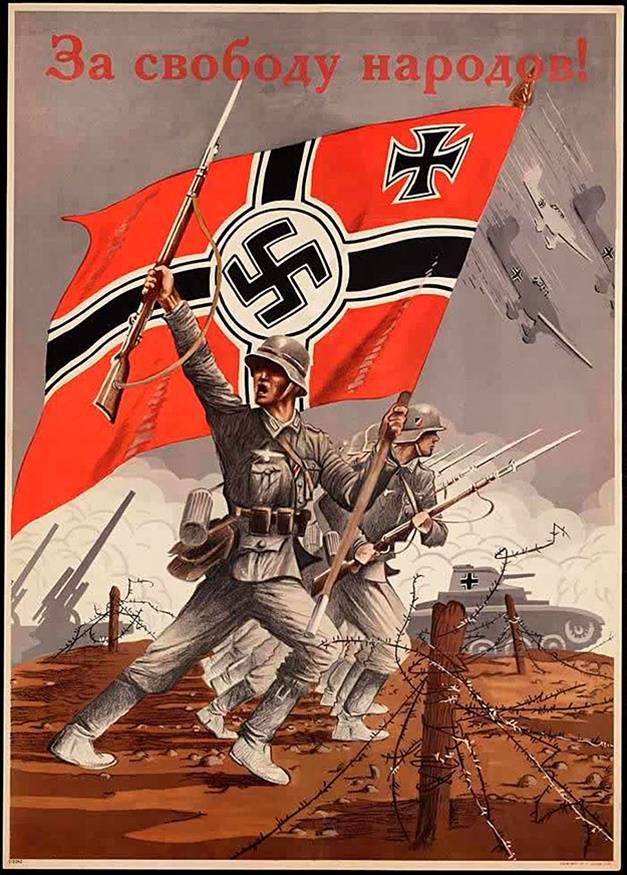
Fig. 7 "Poster for the occupied Soviet territories." Germany, 1941.
At the second stage, the clan-corruption regimes were established during desovetization. The main task of these regimes was the redistribution of national wealth within the power clans. During this period, the building of new state structures continued. At the same time, it is difficult to call the policy of the new regimes pro-Russian: neither Shevardnadze, nor Kuchma, nor Nazarbayev were particularly concerned about the interests of Russia. We can also note the weakening of the influence of the West, especially the “patron-state” due to excessive interference in internal affairs and small economic preferences. The clan power sought to monopolize access to the resources of certain groups. However, this stage did not last long and the third stage was marked by the dismantling of clan-corruption regimes, since they became a brake on national development. The main mechanism of changing the regime and dismantling the system turned out to be the “color revolutions”. The term “color revolution” is often understood as the intervention of external forces in the development of post-Soviet countries, but these forces in this case are only external support (in their own geopolitical interests, of course) to the processes of nation-building.
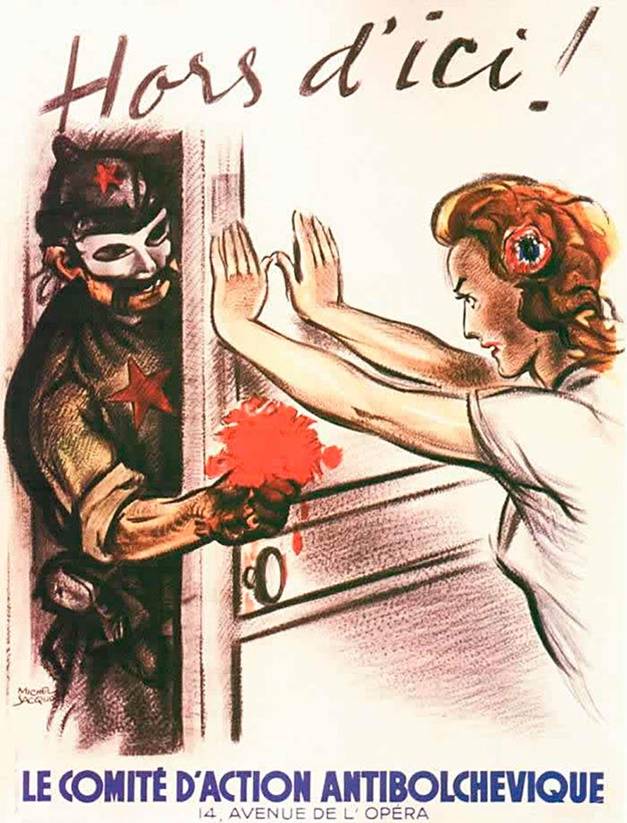
Fig. 8 "Get out." France, 1942.
However, the dismantling of the clan-corruption system does not necessarily have to take place in a revolutionary way. In Kazakhstan today, evolutionary dismantling of this system from the inside begins. Although the example of Russia is not indicative, here the function of the Orange Revolution, in fact, fulfilled the transfer of power from Yeltsin to Putin.
But even in the case of a revolutionary transfer of power, the dismantling of the clan-corruption system is a protracted process. And not all countries were ready for it: Kyrgyzstan after the color revolution did not move to the third stage, but rather returned to the first stage, Georgia also had big problems. In the case of Belarus and Azerbaijan, not the clan-corruption regime should be dismantled, but the system of state distribution. That is, it is based on modernization and liberalization, while it is economic.
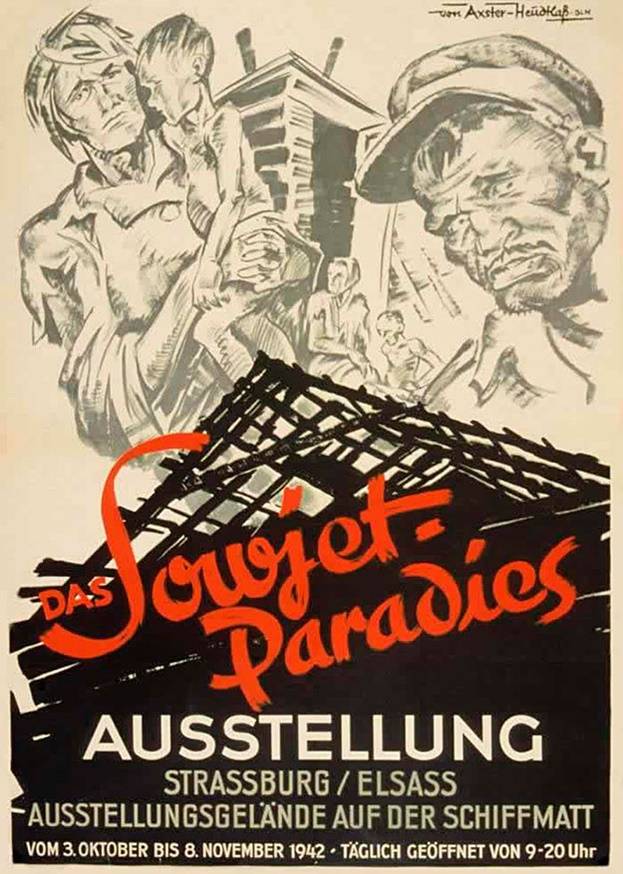
Fig. 9 "Soviet Paradise". Germany, 1942.
Those countries that are still in the second stage are the most problematic today, the situation in them is the least predictable and explosive. And this applies equally to a democratic Armenia, and to an authoritarian Uzbekistan. The situation was most difficult in Turkmenistan, which lost its leader in terms of a continuity vacuum and even the beginnings of democracy.
Another important feature of the post-Soviet evolution is overcoming nationalism. Today, the most successful countries are those that have managed to get as far as possible from nationalistic ideology. The main danger of nationalism is that it replaces national-state tasks with nationalist tasks, and their solution does not improve the quality of life in the country. Well, banned in Ukraine to watch Russian cinema. So what? All Ukrainians from this added pennies in their wallets?
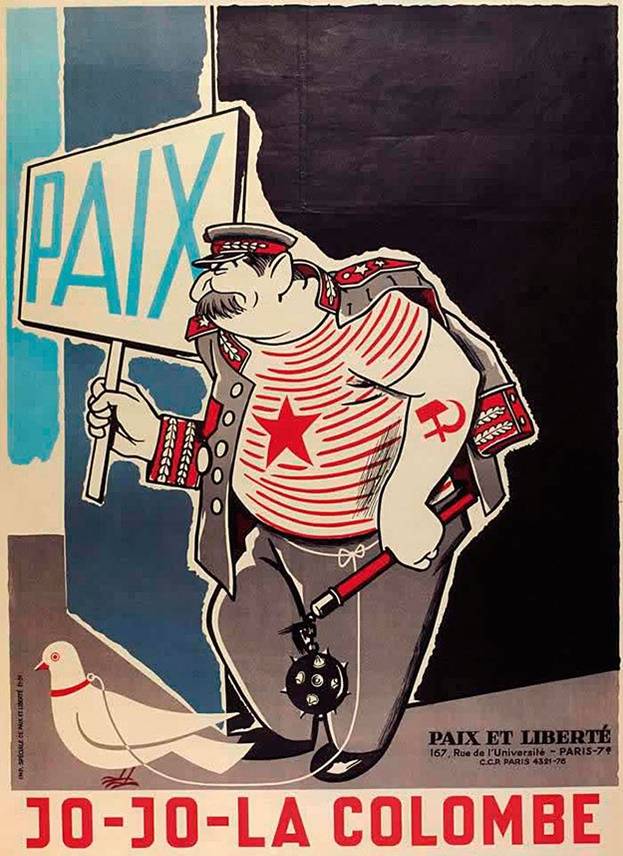
Fig. 10 "Uncle Joe and his doves of peace." France, 1951.
The whole point of post-Soviet politics in a certain way was to use territorial, historical and other claims for parasitism on Russian resources. This is precisely the policy pursued by the overwhelming majority of post-Soviet countries. And anti-Sovietism and anti-communism organically fit into this strategy.
Immediately make a reservation that today there is no legislative definition of the conditions under which the regime in the country can be considered communist. Nevertheless, appeals to his condemnation appear quite often.
Post-Soviet space: the prohibition of Soviet and communist symbols and the so-called "Leninopad"
Ukraine has pursued and is pursuing a rather active anti-Soviet policy. And not only through appeals to the organization of an international tribunal, similar to Nuremberg, on the crimes of the Bolsheviks. Not only by dismantling Soviet monuments and the trial of Stalin. But also at the legislative level: for example, on November 19 2009, the President of Ukraine, Viktor Yushchenko, signed decree N 946 / 2009 “On additional measures to recognize the Ukrainian liberation movement of the XX century”. By this Decree, Yushchenko ordered the Cabinet of Ministers to take additional measures to recognize the Ukrainian anti-communist movement of the 20th century. The Holodomor on 2012 was first recognized by the Kyiv Court of Appeal as genocide. Subsequently, the relevant law was adopted by the Verkhovna Rada of Ukraine. In 2015, the Verkhovna Rada of Ukraine adopted a package of laws, which was called the “decommunization package”. Their meaning is the same: the condemnation of the Nazi and communist regimes, the opening of the archives of the Soviet secret services, the recognition of the actions of the Ukrainian Insurgent Army and other underground organizations operating in the 20th century in the struggle for independence.
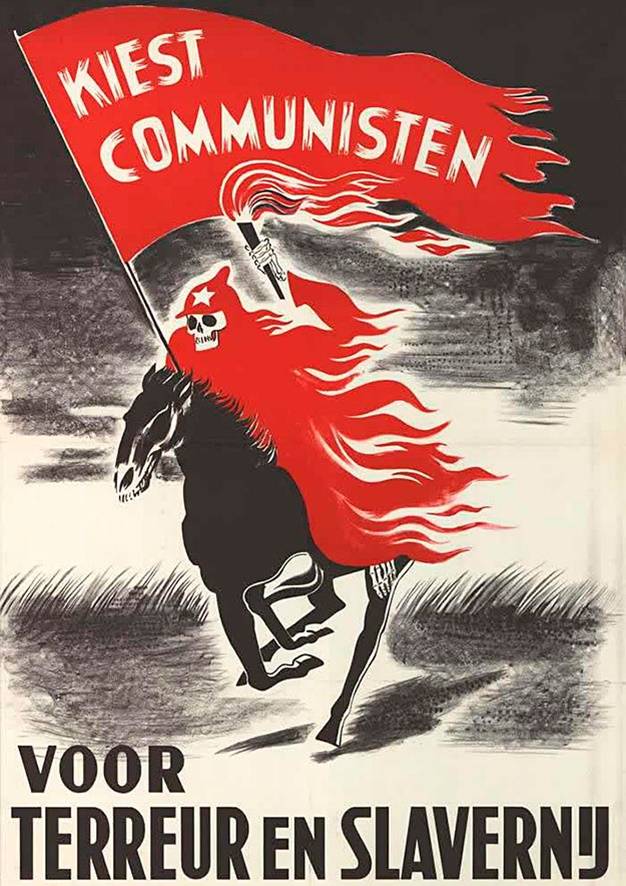
Fig. 11 "By supporting communism, you support terror and slavery."
In Moldova, a commission was set up to study and evaluate the totalitarian communist regime, and in 2012 the “crimes of the Soviet regime” were publicly condemned. As in a number of Eastern European countries, in the same year 2012 in Moldova imposed a ban on the use of communist symbols for political purposes and the propaganda of totalitarian ideology. However, already in 2013, the Constitutional Court overturned this ban, as contrary to the basic law of the state.
In Latvia, Lithuania and Estonia at the state level it is said about the Soviet occupation. In 2008, the Lithuanian Diet banned the use of Soviet and Nazi symbols as criminal during mass rallies and the performance of the hymns of Nazi Germany and the USSR, the form and images of the leaders of the national socialists of Germany and the CPSU of the USSR, adopting a number of amendments to the law “On assemblies”. The use of this symbolism at public events in Latvia is prohibited from 1991 year, with the exception of entertainment, holiday, memorable and sports events. In Lithuania, the use of Soviet and Nazi symbols and hymns in public meetings has been banned since 2008. True, in Estonia, despite popular opinion, a similar ban in the law does not exist. But the dismantling of the monuments is: the transfer of the monument to Soviet soldiers, the liberators of Tallinn, which the Estonian authorities decided to move from the center of the capital to the military cemetery in the spring of 2007, became resonant. During the transfer and the accompanying unrest, a man died.
The post-Soviet countries of Central Asia do not conduct mass media campaigns and legislation to abandon Soviet symbols. Their anti-Sovietism is expressed in a different way and without too much noise. Here the process has received a wide scope, which received the name “Leninopad” in the media. Monuments of Lenin and other leaders of the communist movement are consistently removed.
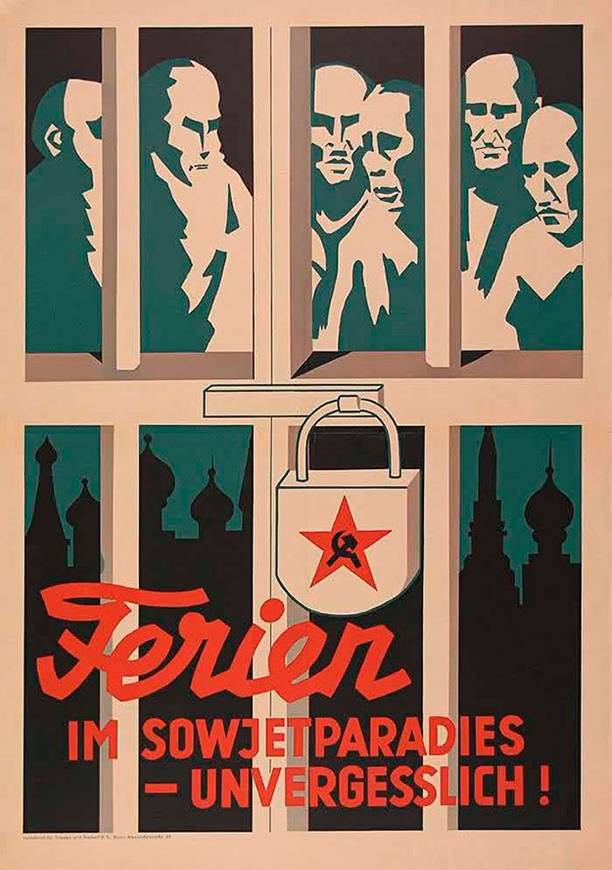
Fig. 12 "Weekend in the USSR is unforgettable." Germany, 1952.
In this case, the same fate often befalls and monuments associated with the Great Patriotic War. Another direction for the destruction of the memory of the Soviet past is the renaming of cities in Central Asia and Transcaucasia, named after Soviet leaders: Tajik Leninabad again became Khujand, Armenian Leninakan - Gyumri, Kyrgyz Frunze - Bishkek. On the other hand, all these actions are completely in the legal field. Because how to name or rename your cities and towns is the sovereign right of any country.
Uzbekistan, like most post-Soviet republics, which raised anti-Sovietism and anti-communism to the shield of the new state building, especially in the context of emerging authoritarian regimes on their own territory, also began with the dismantling of monuments. And he began with a radical version of the destruction of the monument to Soviet soldiers and the park of military glory. Moreover, with the following wording: it does not reflect “the history of the armed forces of the republic and the military art of the peoples of Central Asia”. Of course, it does not reflect: after all, during the Great Patriotic War, about 18 thousand Uzbeks died (1,36% of the total number of dead) and 69 people became Heroes of the Soviet Union. This, apparently, is not enough in order not to demolish the monuments and keep a memory of them. In 2012, Tashkent suspended Uzbekistan’s membership in the Collective Security Treaty Organization (CSTO). And this Agreement of May 15 of 1992 of the year is often called the “Tashkent Agreement”, since it was signed in Tashkent.
Azerbaijan dismantled the 2009 monument to Baku commissars in 26, and then a parking lot was arranged in its place. In addition, it was reported in the press that some monuments of the Soviet period later were also destroyed. However, it is clear that here the Azerbaijanis are entirely in their own right. It's just ... somehow this is somewhat non-neighborly, somehow very defiant ...
In 2011, in Khujand, one of the last in Tajikistan and the tallest monument in Central Asia to Lenin was dismantled, with a height of almost 25 meters in height with a pedestal. At the same time, the authorities promised to “carefully” transfer it to the recreation park, while denying the political background of these actions. And yes, indeed, the monument was moved to Victory Park in another area of the city.
Like Uzbekistan, Georgia dismantled Soviet monuments, and the citizens of Georgia themselves suffered. Thus, the explosion of the “Memorial of Glory” in Kutaisi, by order of the authorities, led to the death of two people - the mother and daughter of Jincharadze. And in the course of the trial, three people were sentenced to imprisonment for violating safety, that is, they are actually victims of anti-Sovietism. And already in 2011, the use of Soviet symbols was banned in Georgia, prohibited on a par with the use of Nazi symbols, all the names of localities that were related to the Soviet past were changed. In the same year, the “Charter of Freedom” was adopted, which introduced a number of restrictions for former functionaries of the Communist Party, Komsomol, employees of the Soviet special services.
And what about Europe?
Meanwhile, with the exception of the countries of Eastern Europe, practically nowhere in the West there are no bans on communist symbolism and equating it with Nazi symbols. True, one can refer to the Criminal Code of Germany, where there is a ban on the use and distribution of symbols of the Communist Party of Germany, which was recognized by the Federal Constitutional Court as illegal and contrary to the Constitution.

Fig. 13 "All Marxist paths lead to dependence on Moscow." West Germany, 1953.
In Eastern Europe, however, is another matter. Public use of communist and soviet symbols is prohibited in at least seven countries of Central and Eastern Europe.
In Hungary, from 1993 to 2013, there was a ban on communist and Nazi symbols. But it was canceled due to the unclear wording of the circumstances of the violation of the law. After three months, these formulations were clarified and the ban came into force again.
In Poland, it is allowed to use it for artistic and educational purposes, and even to collect items containing communist symbols. But for their storage, distribution or sale from 2009, there is a criminal liability up to imprisonment.
In the Czech Republic, communist symbols are banned in the same way from the year 2009.
Nevertheless, the European Community has been constantly working since 2006 on condemning the “crimes of communism and Stalinism”: resolutions, declarations are adopted, such state events are held.
For example, January 25 The 2006 Parliamentary Assembly of the Council of Europe adopted a resolution condemning the crimes of communist regimes on a par with the Nazi ones (Resolution No. 1481 “The need for international condemnation of the crimes of totalitarian communist regimes”). 3 July 2009 adopted by the Organization for Security and Cooperation in Europe Resolution “On the reunification of a divided Europe: Promoting human rights and civil liberties in the OSCE region in the 21st century”, where the “crimes of Stalin and Nazi regimes” were officially condemned. The European Parliament 2 April 2009, the European Day of Remembrance for the Victims of Stalinism and Nazism was approved. This proposal was developed during the conference "The Conscience of Europe and Communism" in June 2008 in Prague. Its declaration noted that it is Europe that is responsible for the consequences of Nazism and communism.
The same idea is traced in the Declaration of the International Conference "Crimes of Communist Regimes" of February 25 of the Year 2010: to condemn internationally communist and totalitarian regimes.
That is, we deal with decisions based on inaccurate formulations, excessive generalizations and primitive insinuations on the principle of “black and white”. And this is a very primitive and inexpedient approach.
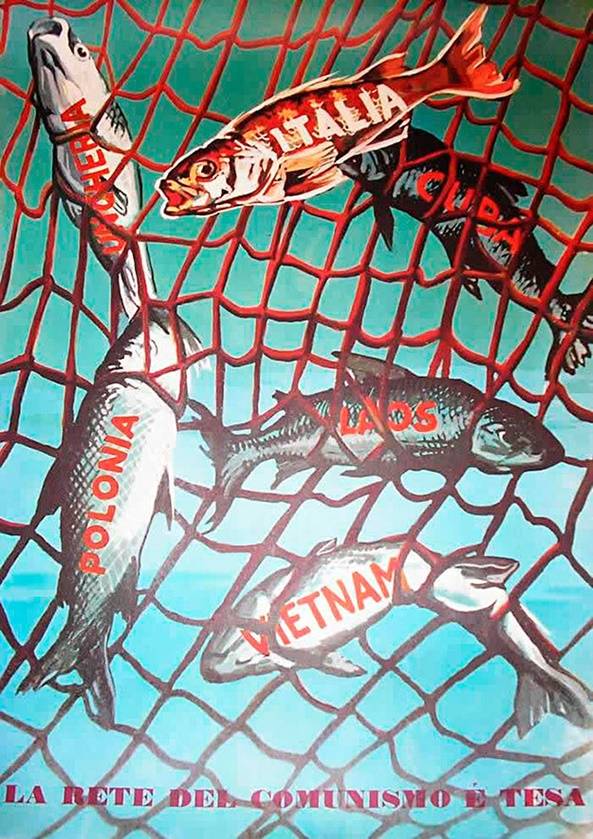
Fig. 14 "In the networks of communism." Italy, 1970.
In the meantime, it turns out that anti-communism and anti-Sovietism are not just propaganda in the media, they also act as an integral element of real state activity aimed at suppressing the communist, labor and national liberation movement. It is quite obvious, ancient, but not lost its relevance method of creating the image of the enemy, which is facilitated by the absence of this enemy in reality and the impossibility of counter-propaganda.
“Positive” anti-communism, unlike aggressive, tries to prove obsolete, the unsuitability of Marxism-Leninism to solve the problems of a developed “industrial” society, focuses on the gradual inner rebirth, “erosion” of communism.
Anti-Sovietism is a special case of anti-communism. It is a system of views directed against the Soviet system and its associated social system, its impact on a wide geographical area. At the same time, some people call anti-Sovietism any disagreement with the actions of the Soviet government and the subsequent condemnation of these actions, and others - hatred of Soviet society as a whole.
In Russia, according to a VCIOM survey conducted in 2006 — 2010 (for the 20 anniversary of the fall of the USSR), the very word “anti-Soviet” has negative connotation for 66% of Russians: 23% is condemned, 13% is disappointing, 11% is angry, 8% - shame, 6% - fear, 5% - skepticism. That is, in a country that has suffered the most from Sovietism and communism, its negative assessment is far ambiguous. And this is the most interesting. Those who seem to have suffered the most from “communism”, know its advantages and disadvantages on their own experience, treat it ... with understanding. But those who are more benefited from his advantages, just attack him in the most active way. But where would Poland and Finland be if it were not for Lenin, in what place in the world would there be the “republics” of Central Asia, if not for assistance from the USSR? And so on and so forth. That is, there is some clearly marked primitivism and simplification in covering the set of extremely complex social problems that occurred in the twentieth century, and it is also a trend in presenting information about the problems of the world of our era today, although it is well known that “a different simplicity is worse than theft”!
Information